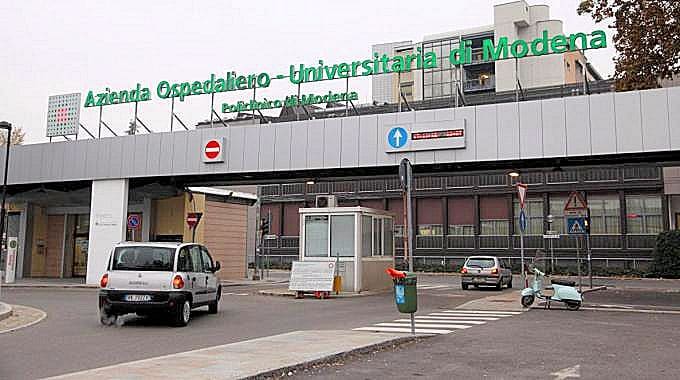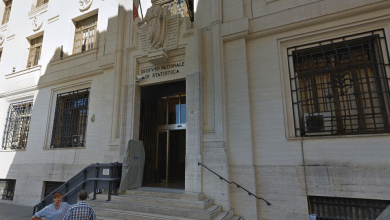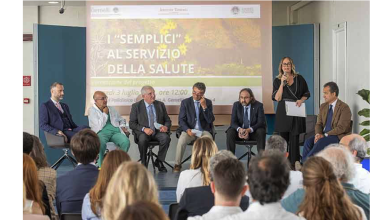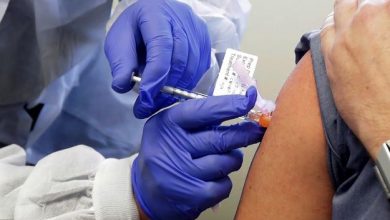
The judges: "The foundations of illicit agreements for money, contacts and prestige were laid for scientific purposes"

MODENA. «The Court had the clear perception that the end justified the means whereby, if things were done for a good purpose (trials carried out to improve clinical practice, the efficacy of a drug or the functionality of a medical device ultimately to improve the health of the patients) and this also happened to the advantage of the hospital and the pharmaceutical company, even without distorting or modifying the data, then everything could be done. In reality, it is on this ill-concealed scenario of high-profile scientific but above all ethical purposes that the foundations are laid for obtaining what one wants at all costs, with the times set by other subjects - the pharmaceutical companies - which should not meddle in experimentation, and with the omitted indication of the co-interests present at the beginning of a study».
A UNIQUE CASE. This is one of the crucial passages of the 660-page sentence filed by the Court, presided over by judge Barbara Malvasi, which motivates the total 36-year sentences of cardiologists and managers of biomedical companies at the end of the epochal trial on Cardiology of the Polyclinic since 2009 to 2012 and above all on the figure of Professor Massimo Sangiorgi, director of Hemodynamics believed to be the director of the criminal association for corruption and aggravated fraud, especially to the detriment of the Polyclinic and the Region. An impressive investigation and, as the judges explained at the beginning of the sentence, of great interest due to the uniqueness of the subject and the ability to penetrate a complex world such as that of experimental cardiology, the center of profound technological innovations and therefore of medical experimentation. Experiments such as those which, according to the court, were also conducted in an abusive way and for profit reasons through underground agreements between Sangiorgi, his staff and the biomedical companies that sponsored him through some non-profit organizations created for this purpose.
LAWFUL AND ILLEGAL. What is the boundary between the lawful and the unlawful? The question has covered all the hearings of this mammoth trial for a city like Modena. The judges' answer concerns, on the one hand, the difference between "profit" trials (therefore sponsored or to obtain profits) and "non-profit" trials (dedicated to patients). Then there is a second watershed, they write: «The regulation of the Polyclinic provides that the fees for the investigators are paid only by the hospital, deducting them from the sums received under the contracts stipulated with the sponsor companies, while direct contacts are not envisaged between companies and  researchers. The unlawful nature of what was received is quite evident: a relationship with the sponsors of clinical trials is privatized, which is regulated by public law and the unjust subtraction from the hospital of sums due to it by law is determined (what will be relevant for the configuration of the fraudulent crimes alleged from time to time)".
researchers. The unlawful nature of what was received is quite evident: a relationship with the sponsors of clinical trials is privatized, which is regulated by public law and the unjust subtraction from the hospital of sums due to it by law is determined (what will be relevant for the configuration of the fraudulent crimes alleged from time to time)".
HIDDEN AND SHUT UP. Sangiorgi and his collaborators were also aware of this difference, according to the judges in a proven way (the positions, here impossible to summarize, are different according to the evidence): on the one hand agreements and experiments were concealed and on the else the law of silence was in force, an instrument of fraud. Underground payments were made to the non-profit organizations created on purpose. The judges write: «The two violations that the Court considered decisive for determining the abusive nature of the experimentation are those relating to the creation of a non-profit organization as a shell entity which fictitiously interposed between the pharmaceutical company and Sangiorgi and the conflict of interest from time to time once detected in relation to the concomitant collaboration or consultancy relationships - not declared - by the investigator: therefore, due to the methods with which the study was carried out, the independence of the doctor was incontrovertibly compromised".
LABOR TAXES". The long list of cash "contributions" is reported in detail but in several points, case by case, the judges admit that it is impossible to arrive at quantifying definitive damage to the Polyclinic, even if it is certainly large sums. In short, there is no longer talk of sums donated for experimentation, but of the corruption of doctors as public officials regulated by precise rules and laws. Like the internal rules that the Polyclinic made explicit in the documents to be signed and Sangiorgi said he did not know. Sangiorgi's ignorance which according to the judges is denied by 12 requests for external collaboration. It is at this point that the scam enters: «The corollary of corruption is the scam: the elements of artifice configured in Sangiorgi's repeated false declarations build a different appearance of reality, regarding the "profit" nature of the experimentation, from which they error of the Policlinico a series of prejudicial patrimonial deeds ».
SUBJECT TO COMPANIES. The corruptive pact then has its obvious nature: "The debasement of the public health function has resulted in its enslavement to the commercial logic of the pharmaceutical companies". “However, it's not just about money and publications. A multiplier effect of the opportunities for corruption has been created since through the management of the experimentation package at the Polyclinic, Sangiorgi has been perfectly capable of maintaining a series of close relationships with important pharmaceutical companies, through which all sorts of opportunities are generated both scientific notoriety also at an international level to increase his reputation as a distinguished clinician and scientist, as well as connections and business relationships with companies which often translate into well-paid consultancy assignments». Looking at the story from above, the judges point out a serious lack of organizational models at every level which has made it possible to create this "infamous pact" between biomedical companies and the hospital's internal investigator.





